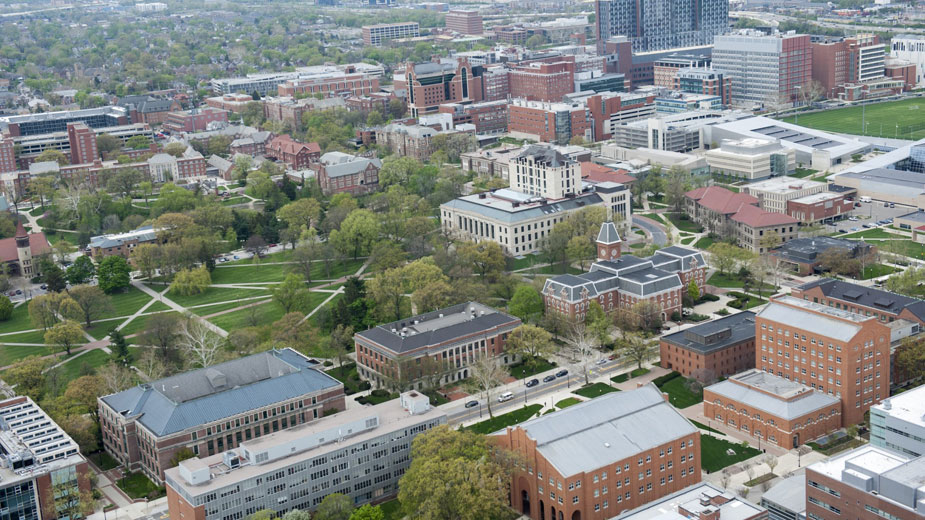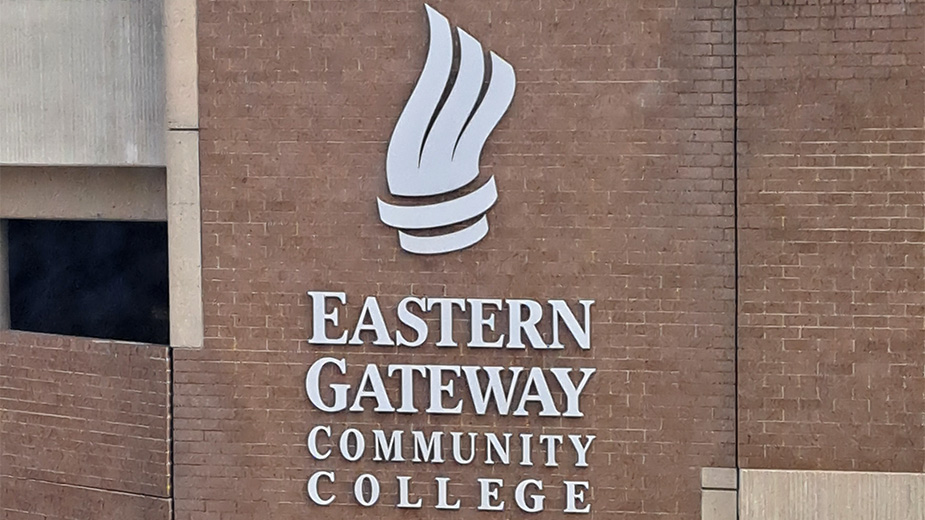Ohio State Generates $15.2B in Annual Economic Impact
COLUMBUS, Ohio – A new economic impact analysis shows that The Ohio State University generates $15.2 billion annually in economic impact for the state of Ohio – which equates to more than $1.735 million in economic impact every hour.
The president of Ohio State, Michael V. Drake announced the findings of the study during a speech Wednesday at the Columbus Metropolitan Club
Ohio State’s research enterprise, medical complex, construction projects, athletics events and status as Ohio’s fourth-largest employer combined in fiscal 2018 to support more than 123,000 jobs across Ohio. Putting that in context: One in every 57 jobs in the state is directly or indirectly supported or sustained by the university, the study showed.
“Ohio State is committed to continued collaboration with our friends, partners and colleagues to advance Columbus and Ohio,” Drake said.
Drake noted that Ohio State’s momentum – university highs this year for academic excellence and diversity of the student body, sponsored research funding and donor support – positions the university well to create a talented workforce that will contribute to the innovation economy.
“We are focused on being the most innovative university we can be,” he said. “It is very important that our university prepares not just for the foreseeable future, but for those things that will define our work 10, 20, 30 years from now.”
The university partnered with the consulting firm Tripp Umbach to undertake a comprehensive analysis of the economic benefits that arise from its operations. The firm used a modeling system to calculate the economic benefits traced to the direct and indirect effects of Ohio State’s operational spending. This takes into account the ripple effects of spending by employees, students and visitors on retail purchases, restaurant meals, hotel stays, events and other goods and services that filter through the economy and support jobs.
The total economic impact is attributed to Ohio State’s six campuses, academic medical complex and the department of athletics, the university said. The analysis estimated that the Columbus campus alone generated $7 billion in economic benefits, supporting 67,244 jobs and stimulating $348.8 million in state and local tax revenue. Wexner Medical Center generated $7.3 billion, almost half of which represents direct spending in the state, and directly supported almost 22,000 full- and part-time jobs.
“This employment makes a direct contribution to the overall workforce vitality of the state and bolsters the economy,” Tripp Umbach analysts wrote in the report. “The Wexner Medical Center spending on capital projects, development and planning projects, and suppliers support an additional 26,707 indirect jobs throughout the state.”
Tripp Umbach also evaluated the economic and fiscal benefits expected to accompany construction over the next five years of a new Wexner Medical Center tower, West Campus Ambulatory Clinical Complex and an Interdisciplinary Research Center. The projects combined are projected to generate $3.8 billion in economic impact on Franklin County and create 22,000 jobs over the period of construction.
In addition to operations-related impact, Ohio State has potential to create an estimated $184 million of additional earning power annually for new graduates and generates at least $364 million each year in faculty, staff and student charitable donations and volunteer services, according to the analysis.
SOURCE: Ohio State University news service.
Copyright 2024 The Business Journal, Youngstown, Ohio.



